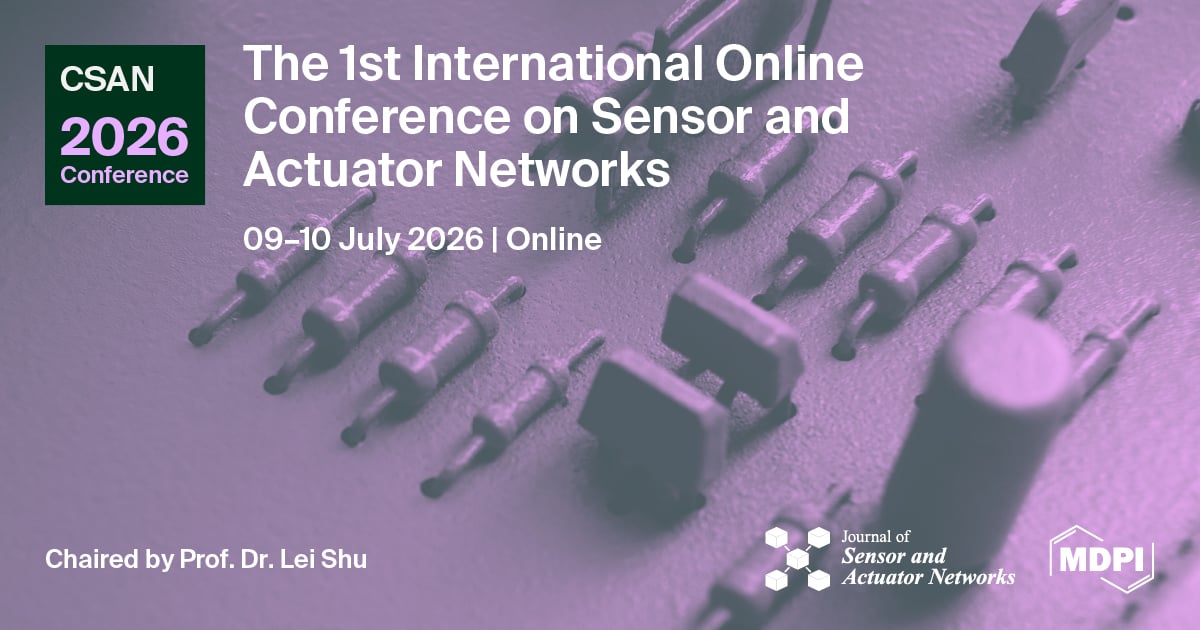-
 Energy-Aware Ultra-Reliable Low-Latency Communication for Healthcare IoT in Beyond 5G and 6G Networks
Energy-Aware Ultra-Reliable Low-Latency Communication for Healthcare IoT in Beyond 5G and 6G Networks -
 Characterization of a Single-Capture Bright-Field and Off-Axis Digital Holographic Microscope for Biological Applications
Characterization of a Single-Capture Bright-Field and Off-Axis Digital Holographic Microscope for Biological Applications -
 Integrated Microcantilever for Joint Thermal Analysis of Trace Hazardous Materials
Integrated Microcantilever for Joint Thermal Analysis of Trace Hazardous Materials -
 Field Testing Multi-Parametric Wearable Technologies for Wildfire Firefighting Applications
Field Testing Multi-Parametric Wearable Technologies for Wildfire Firefighting Applications
Journal Description
Sensors
- Open Access — free for readers, with article processing charges (APC) paid by authors or their institutions.
- High Visibility: indexed within Scopus, SCIE (Web of Science), PubMed, MEDLINE, PMC, Ei Compendex, Inspec, Astrophysics Data System, and other databases.
- Journal Rank: JCR - Q2 (Instruments and Instrumentation) / CiteScore - Q1 (Instrumentation)
- Rapid Publication: manuscripts are peer-reviewed and a first decision is provided to authors approximately 19.7 days after submission; acceptance to publication is undertaken in 2.4 days (median values for papers published in this journal in the first half of 2025).
- Recognition of Reviewers: reviewers who provide timely, thorough peer-review reports receive vouchers entitling them to a discount on the APC of their next publication in any MDPI journal, in appreciation of the work done.
- Testimonials: See what our editors and authors say about Sensors.
- Companion journals for Sensors include: Chips, Targets and AI Sensors.
- Journal Cluster of Instruments and Instrumentation: Actuators, AI Sensors, Instruments, Micromachines and Sensors.
Latest Articles
Highly Accessed Articles
Latest Books
E-Mail Alert
News
Meet Us Virtually at the 1st International Online Conference on Sensor and Actuator Networks (CSAN 2026), 9–10 July 2026

MDPI Launches the Michele Parrinello Award for Pioneering Contributions in Computational Physical Science

Topics
Deadline: 31 December 2025
Deadline: 31 January 2026
Deadline: 20 February 2026
Deadline: 10 March 2026
Conferences
Special Issues
Deadline: 20 December 2025
Deadline: 20 December 2025
Deadline: 20 December 2025
Deadline: 20 December 2025























